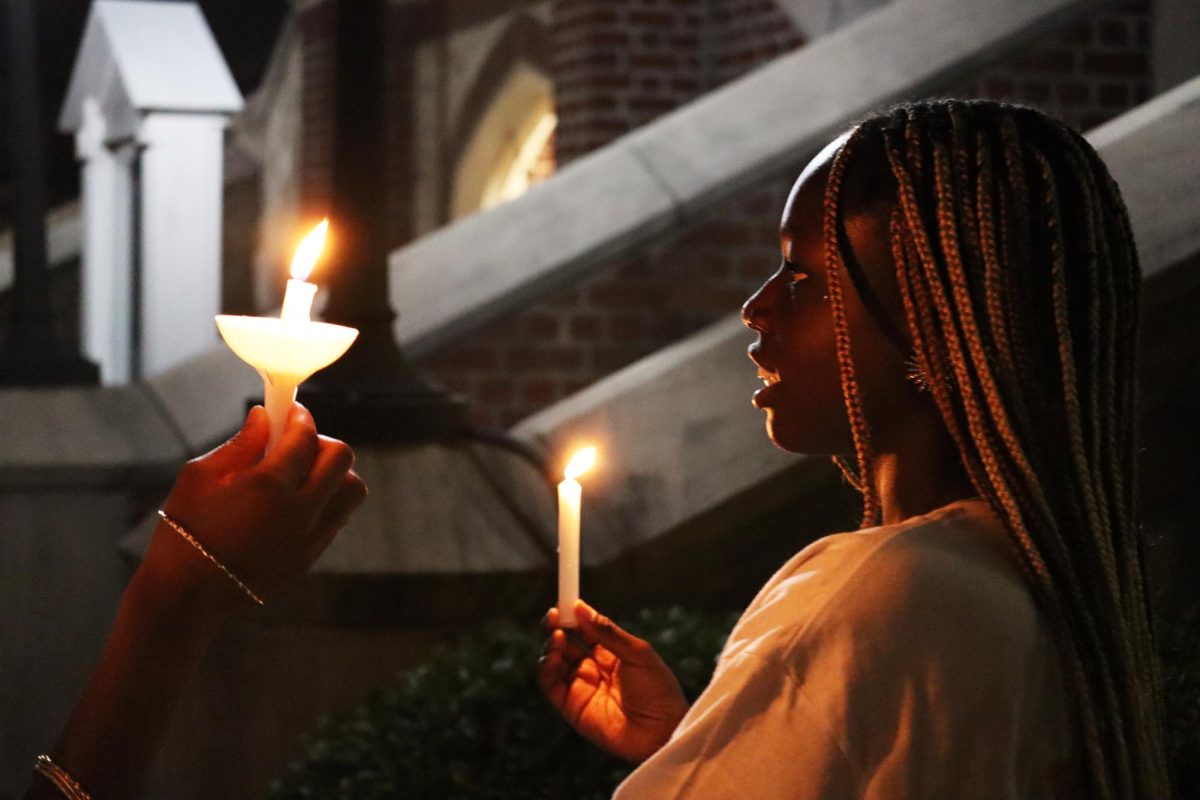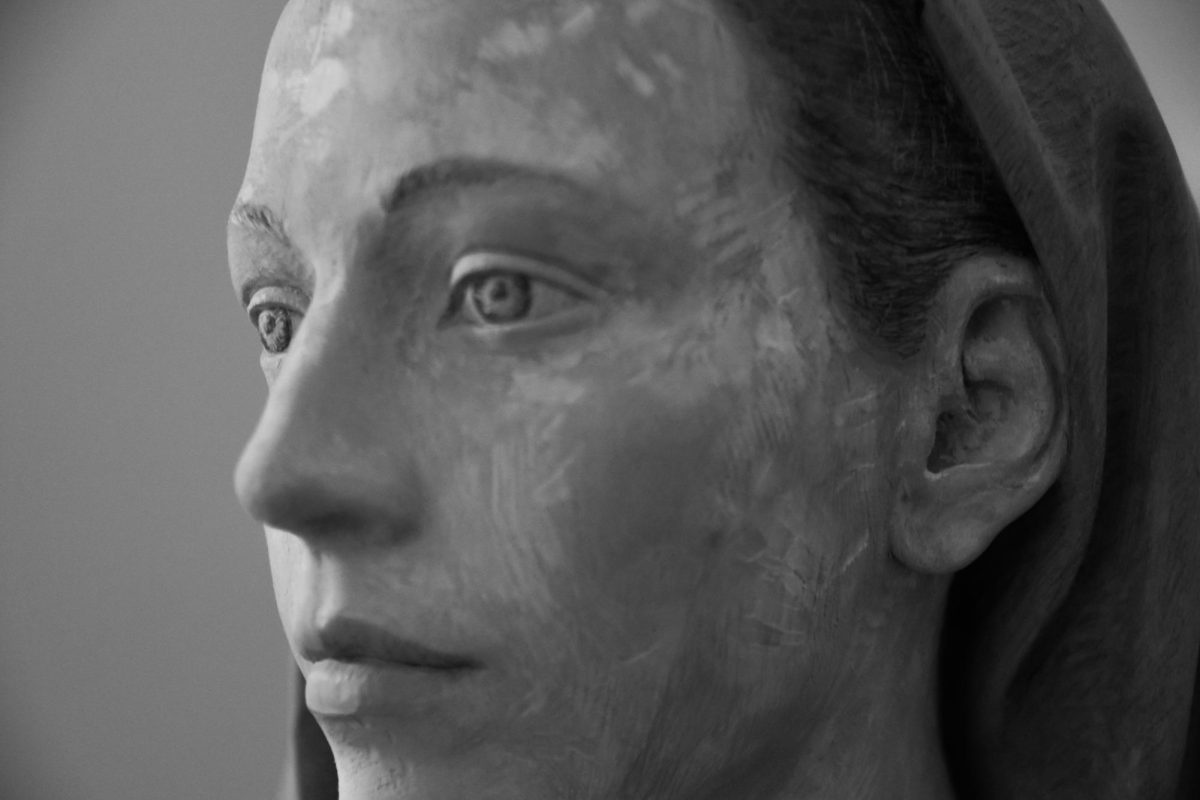In 1947 Loyola got a new bus.
This bus would act as the men’s basketball team’s transportation for road trips as far as Chicago.
In their very first road trip to Houston, a state trooper stopped them for speeding. When the trooper found out that Loyola’s driver was a priest, he didn’t dare write a ticket and instead offered to lead the team into the city as an official escort.
They were led by All-American Sam Trombatore. The curly-haired Italian is the only Loyola player to serve in the armed forces during World War II and return to play basketball. Trombatore enrolled at Loyola in 1941 and played two seasons before his career was interrupted by war. He returned in 1946 and had great success with the Wolfpack, scoring 1,647 points over the years.
During the past year, I have come across many unbelievable feats like Trombatore’s and anecdotes like this bus trip.
Quiz time:
Did you know former mayor Moon Landrieu was a pitcher for the Loyola Wolfpack? Or about how another Loyola baseball player, Larry Hoyt, was offered a pro contract with the Dallas Cowboys even though Hoyt never played a collegiate football game because Loyola didn’t have a football team at the time?
Trivial, right?
But former Maroon editor Ramon Vargas and I got to thinking. Like all of our great ideas, this thought was hatched with a bottle of rum and to the tune of Journey’s “Don’t Stop Believing.”
What idea?
We should write a book.
A book. A book about the Loyola football team that went undefeated. A book about New Orleans’ only basketball national championship team. A book about all the Loyola athletes who went on to become All-Americans, Golden Glove winners, national champions and professionals in nearly every sport entered.
The intended outcome of the project is a book that places them in the context of New Orleans’ history. They were celebrity names on whose shoulders sat the dreams of a city whose inhabitants were coping with the effects of the Great Depression and World War II.
As their loved ones age and pass, so do their stories. This book is the last chance for the undiscovered facets of these people’s lives to be recorded for all time.
It’s our hope to tell these stories before they die with the athletes.
This fall, expect to see this era – when people of all likes of life made the pilgrimage to Freret Street – resurrected in both a book form and an exhibit. It’s my hope you can participate in Loyola’s homecoming.






